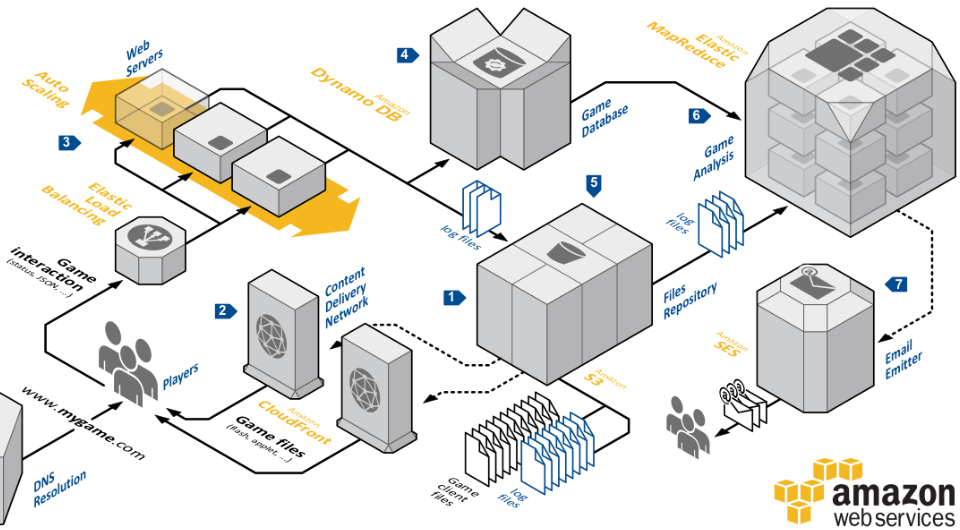
Dropbox Announces Custom-Built Infrastructure As They Move Off Amazon’s AWS

After years of relying on the Amazon cloud to store its users’ files, Dropbox has shifted gears and begun using primarily its own technology instead. In a blog post on Monday, the company said:
“We’re excited to announce that we’re now storing and serving over 90 percent of our users’ data on our custom-built infrastructure.”
Dropbox stores two kinds of data: file content, and metadata about files and users. The service always had a hybrid architecture, whereby metadata was stored on Web servers in its own data centers while file content was stored on Amazon.

Dropbox started to build its own storage system back in 2013 because of its growth rate. The initial launch of its own infrastructure happened in early 2015, and the company hit their goal of service 90 percent of its data from its in-house infrastructure in October. In a statement, the company said:
“We knew we’d be building one of only a handful of exabyte-scale storage systems in the world. It was clear to us from the beginning that we’d have to build everything from scratch, since there’s nothing in the open source community that’s proven to work reliably at our scale.”
Dropbox will still continue to partner with Amazon when they feel necessary, particularly in their global operations. Later this year, it plans to expand its relationship with AWS to store data in Germany for European business customers.

Senior analyst with Forrester Research T.J. Keitt said:
“Their files will sync with the same reliability as before across all of their devices, and as Dropbox adds more users, that performance standard should hold.
The upstart cloud companies that have built their own global-scale infrastructure are Amazon, Facebook and Google — companies that deal with billions of transactions and millions of users. It seems that Dropbox feels that its arrow’s pointed in that direction and it can’t be constrained by someone else’s infrastructure.”
While Netflix has gone “all-in” with Amazon Web Services, Dropbox seems to believe that infrastructure isn’t a utility or a commodity. Rather, “they see it as a core enabler of their evolving ambitions to move past being an interesting file-synchronization system to a collaboration platform ready to compete with Google and Microsoft in both the consumer and enterprise arenas.”
Even though Dropbox is an extreme case when we talk about the size and scope of its storage infrastructure, it is definitely not the only company that recognized the strategic and economic benefit of controlling its own infrastructure. If you would like a behind-the-scenes look at Dropbox’s new infrastructure, take a look at Wired’s extensive post.

